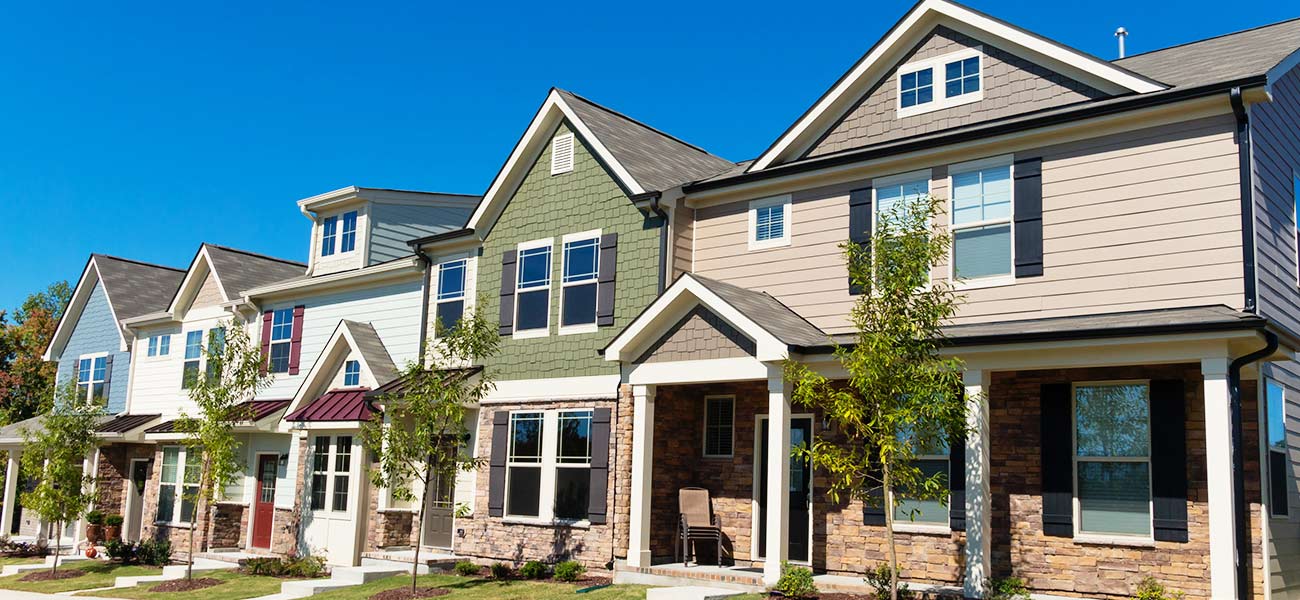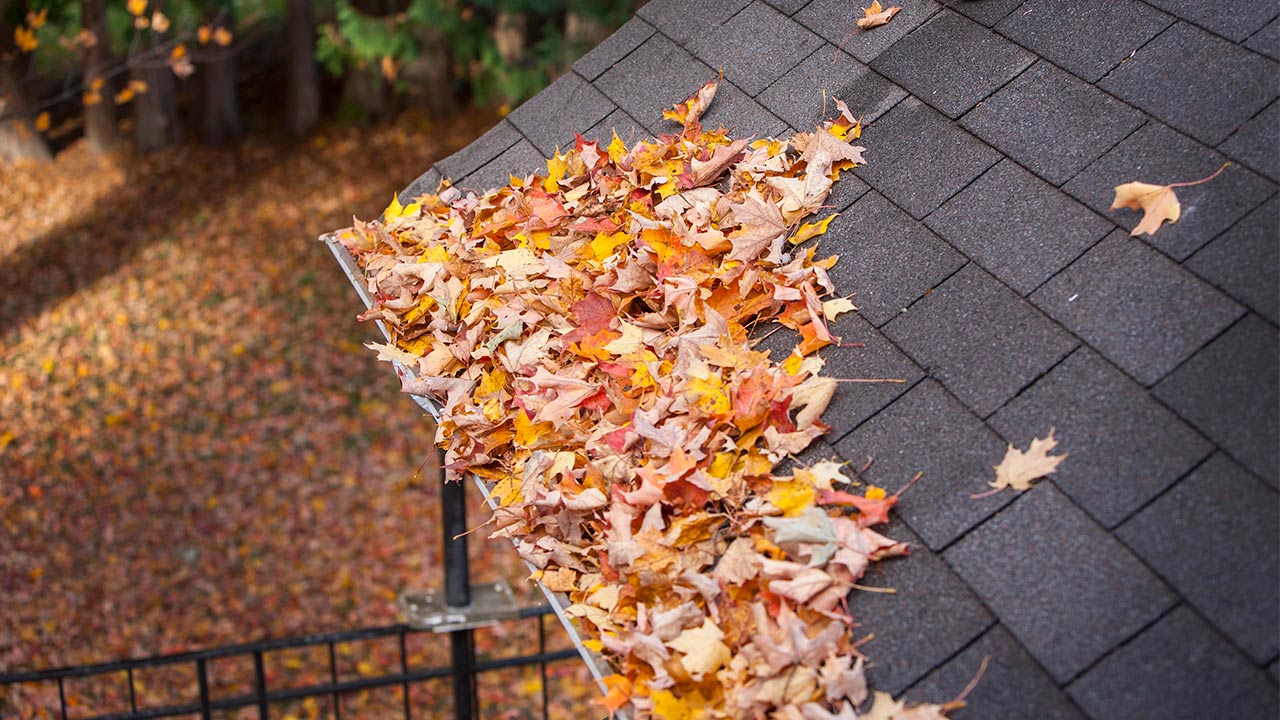
Exterior Paint Color Selection Guide
Well-chosen exterior paint colors can dramatically improve your home’s curb appeal and add value to your house. But, of course, many homeowners know that changing up your siding and trim can create an entirely new look. Still, with thousands of exterior paint colors, dozens of manufacturers, and many sheens, the possible combinations of house painting colors can be mind-numbing.
For most homeowners, choosing exterior paint colors can be one of the most challenging, time-consuming aspects of the entire project! The challenge is to allow your personality to shine through while retaining (or increasing!) curb appeal.
We recognize that it’s best to get this right the first time, even if the paint is pretty inexpensive. Sure, in many situations, the color can be easily changed with a little more effort and a few more gallons of paint if you don’t like the results, but our goal with this section of our website is to help you get the right exterior paint color the first time.
Color and Quality
You don’t want to have to paint your house a second time, so carefully consider the color and quality of the paint you choose. Skimping on quality could lead to premature peeling, bubbling, and blistering. On the other hand, the wrong color might clash with your neighbors’ homes or the surrounding terrain or violate homeowners’ association rules.
Make sure you select paint that pairs well with your home’s exterior cladding. For example, oil-based exterior paints often work best with stucco, while latex paint might better suit wood or vinyl siding. Decide whether you’ll paint gutters, porch floors, columns, and other parts of your home simultaneously.
Wash and Prep
Since the outside of your house endures exposure to the elements, it requires more preparation than interior rooms before you begin to paint. First, thoroughly wash all the areas you intend to paint with a stiff-bristled brush and a garden hose. After it dries, scrape away any blistered paint or rough surfaces so you can apply for an even paint job.
Sand and Patch
You can sand your home’s siding with an orbit sander or by hand (if your home is clad with stucco, skip this step). Then, remove as much of the paint as possible while creating a textured surface for priming. Always wear safety gear, including gloves and a respirator or face mask.
Fill the craters with epoxy if you notice any pitted, gouged, or denting siding. It’s best to do this before you prime so the paint adheres evenly—afterward, sand down the patched areas with 120-grit sandpaper.
Prime and Paint
Spray guns and brushes work equally well for applying primer and paint. If you choose the former, practice with a drop cloth spread over the grass in your yard first to get used to the controls. Then, ask a friend or family member to help since you need someone to back-brush your work.
The back-brusher goes over-sprayed paint with a brush to ensure an even application and work the color into any grooves or crevices. You can use brushes for the entire job if you prefer. It’ll give you more control, but it takes a little longer. Apply at least two coats of paint after one coat of primer for the best results.
If You need to schedule maintenance, please, feel free to call us, and we’ll set an appointment for you.







